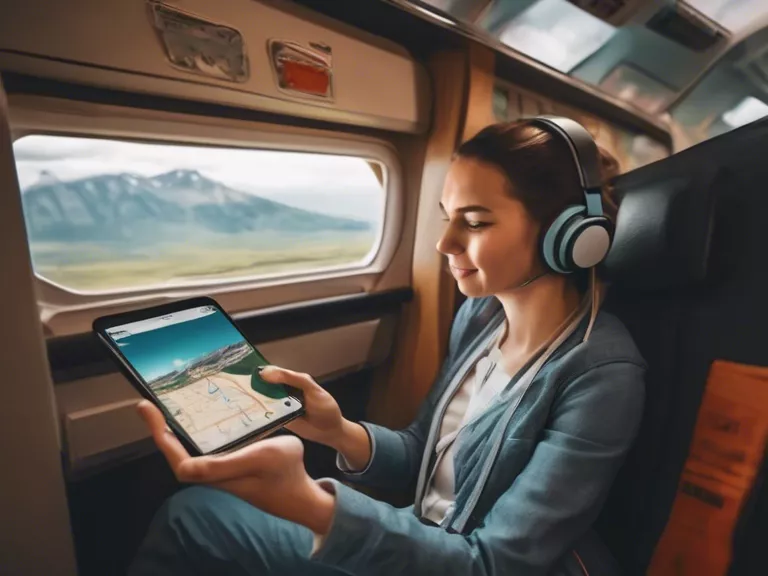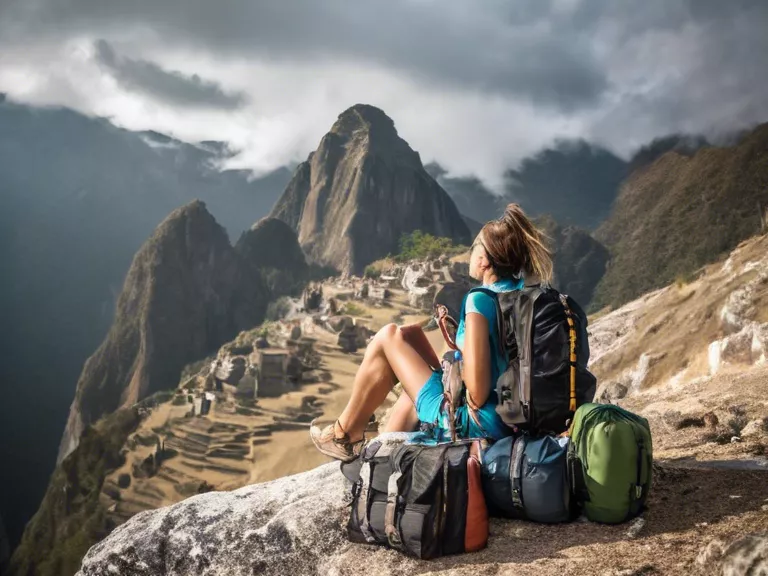
With the rise of technology, traveling to remote locations has become more accessible than ever. However, safety and efficiency can still be a concern in these areas. Travel apps can help you navigate the challenges of venturing into remote locations by providing you with valuable information and resources. Here are some tips on how to travel safely and efficiently in remote locations with the help of travel apps.
First and foremost, make sure to download a reliable map app that works offline. In remote locations, internet connection can be spotty or nonexistent, so having an offline map app can be a lifesaver. Apps like Maps.me or Google Maps allow you to download maps of specific areas beforehand, so you can still navigate even when you're off the grid.
Another important travel app to have in remote locations is a language translation app. Communicating with locals who may not speak your language can be challenging, but a translation app can bridge that gap. Apps like Google Translate or iTranslate can help you communicate with locals and navigate different languages with ease.
Additionally, consider downloading a travel safety app that can provide you with emergency assistance when needed. Apps like TripWhistle Global SOS or bSafe can connect you with emergency services or contacts in case of an emergency. Having this extra layer of security can give you peace of mind while traveling in remote areas.
Furthermore, travel apps like Airbnb or Booking.com can help you find accommodations in remote locations. These apps provide a wide range of options, from hotels to guesthouses to private rentals, so you can find a place to stay that suits your preferences and budget.
In conclusion, traveling to remote locations can be an exciting and rewarding experience, but it's important to prioritize safety and efficiency. By utilizing travel apps that provide maps, language translation, safety features, and accommodation options, you can navigate remote areas with confidence and ease.



